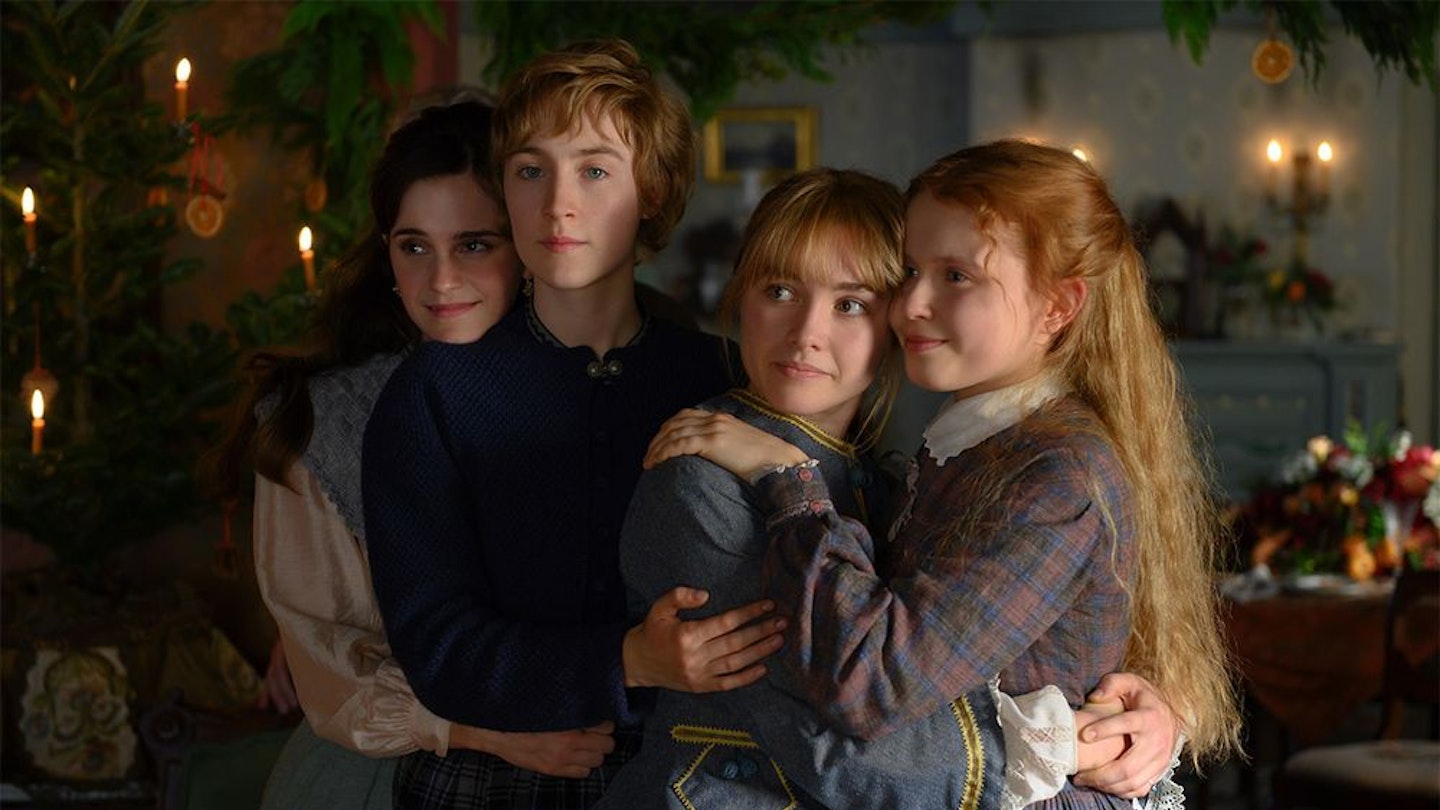The year is 2012. Cheryl Cole is the nation’s sweetheart post recovery from Malaria, your favourite outfit involves leggings and your default time wasting activity is to take a quiz on Buzzfeed, find out which Hogwarts house you’re in/ member of SClub7 you are/what your daemon would be, and then post it on your Facebook.
Posting a status reflecting on your personality would have been vain, but putting, ‘I’m Katniss Everdeen’ was a sort of carte blanche for self reflection. Even if you lied in the answers to make sure that you got the result that you wanted, it didn’t matter. The point is, you have been given confirmation by an external source that you’re brave, stubborn and handy with a bow. And because it’s just a fun quiz, you’re allowed to broadcast this ringing endorsement of your character all over social media.
The ‘share your result’ function on the bottom of these quizzes has become anachronistic of late, with most of us choosing to keep the results of these quizzes to ourselves (with the exception of September’s viral ‘which succession character are you’ quiz - a welcome throwback).
Buzzfeed and its contemporaries might have popularised this kind of navel-gazing, but they didn’t invent it. Before it came in a clicky format which you could plaster all over social media, the gentle narcissism came as a conversation among groups of female friends. Who are you from Friends? Which one of us is a Blair and which is a Serena? Which Little Women character am I? Getting a good comparison, being told that you’re a Jo or a Hermione, was a decent enough compliment to bolster you through the day. A bad one could puncture you.
It’s no surprise that we all love this game. It’s a trojan horse for asking what your friends think of you and how they perceive you. Realising that someone has thought about you, assessed you and then drawn a comparison between you and someone created specifically to entertain and captivate.
Even if you’re not the subject of the ‘which character am I’ conversation, it’s still a pleasing one to be part of. A way to tell someone how you see them and among more combative friendship groups, a very cultured way to throw shade. You’d never tell someone in your friendship group that they’re boring, but you might tell them that they’re the Mary Bennet or the Beth March (saying ‘joking! Joking!’ afterwards to take the sting out of the comment, naturally.)
Do men play this game? Going on anecdotal evidence, far less than women do. Perhaps they don’t feel the need to indulge in this level of self reflection. Or maybe they see themselves mirrored by the world around them so often that they do not need to seek out characters and look for slithers of themselves contained therein as some kind of stamp of approval.
The world moves on, and rather than having these discussions in school common rooms and during sleepovers, we took them online and share them, and now that the sharing your results craze is long dead (again, with the exception of the Succession quiz, where the desire to broadcast the fact that you’re a Shiv overrode any sense of online decorum) we take them as time fillers when we’re bored at work or waiting for a train. But our fundamental desire to see ourselves in fictional characters, and most of all to hear which characters other people perceive us to be like, remains unchanged.
I’m an Amy, in case you were wondering.
Look at all those lovely Little Women costumes
Little Women Costumes - Grazia
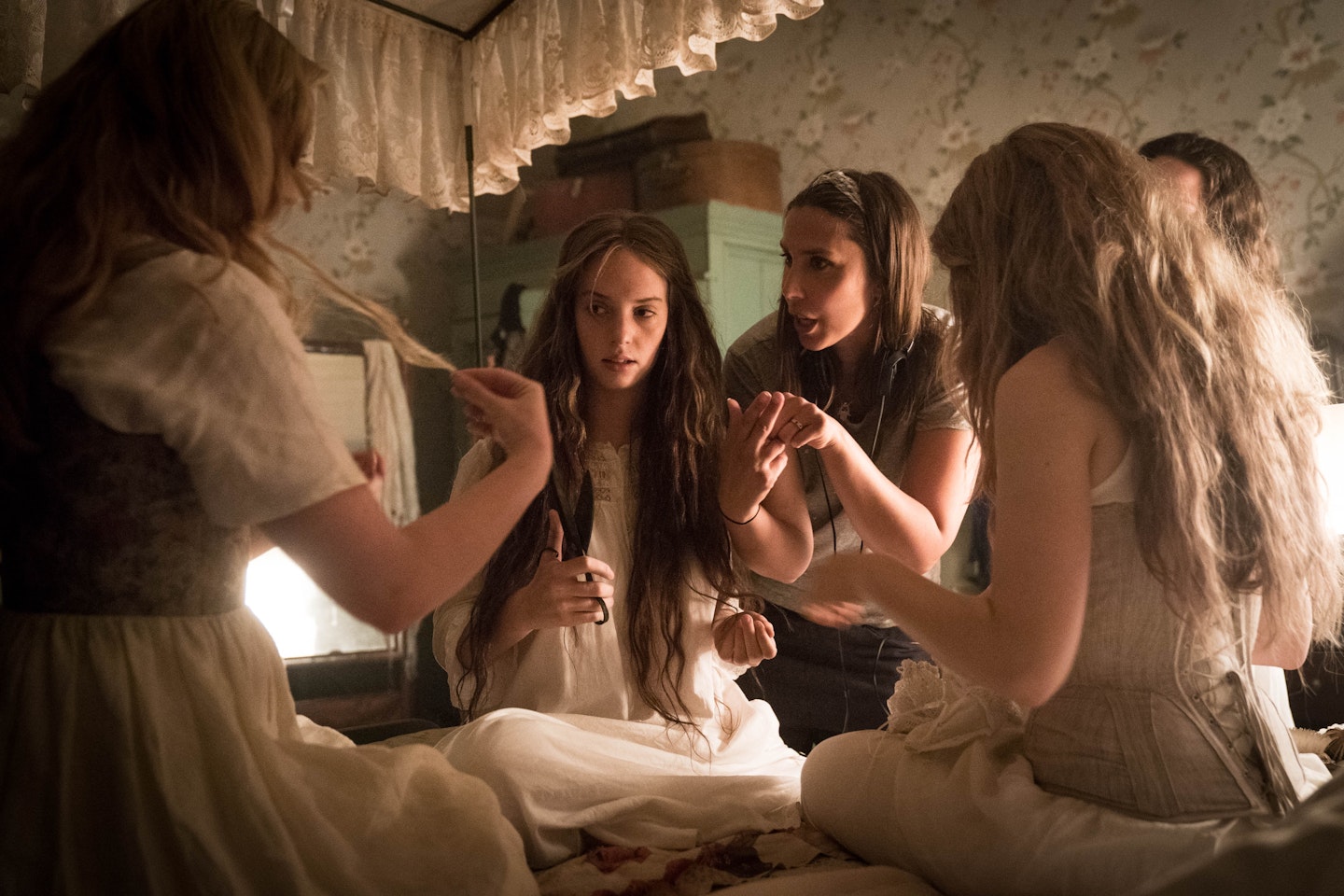 1 of 7
1 of 7Four main characters + three hour-long episodes = a lot of costumes
Little Women sees its four central characters dancing toward the cusp of adulthood – a transition which, in the mid-nineteenth century, called for a change of wardrobe. In practical terms, that means a big job for a designer, especially when the majority of costumes are being made from scratch. 'While Little Women doesn't straddle a huge amount of time when you look at it on paper, the girls go from being adolescents to young women: there's a transformation from episode to episode for certain characters,' Eimer says. 'We wanted to make a lot of the costumes to give them an overarching look; with it being a period piece, I really needed the whole ten week prep period.'
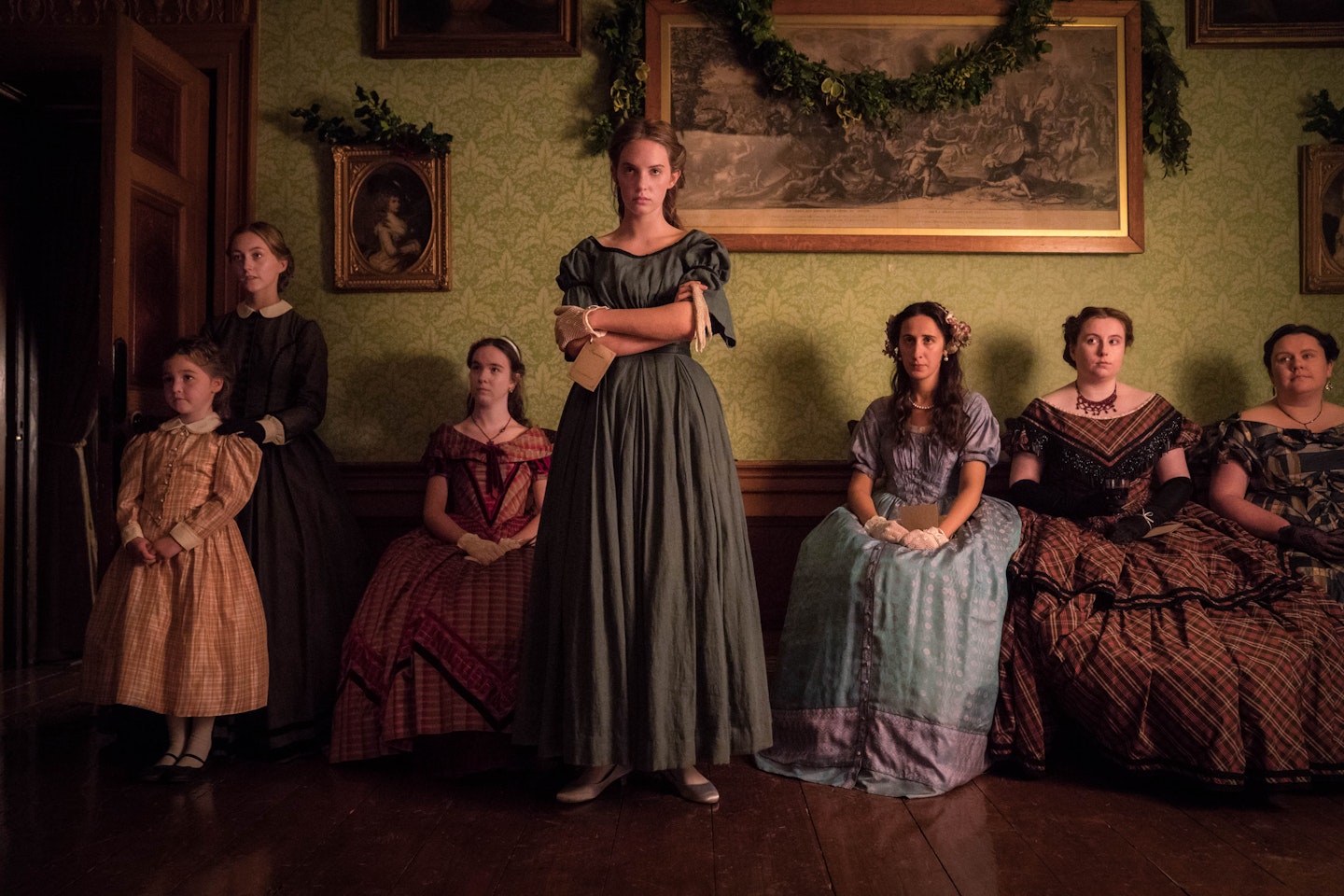 2 of 7
2 of 7Girls run the world in Little Women – and the costumes had to reflect that
'Vanessa, the director, was very interested in how the clothing, the production design and the set could create this atmosphere of a very feminine world. This house is really ruled by the women,' says Eimer. 'It was important for us to get across that sense of independence through their clothing, especially for Jo. There's an androgynous style to the way she dresses in comparison to her sisters. Most of the time we just gave her one petticoat – she's very tomboyish so she needs to be able to move, with nothing constraining her. We see the 20th century as the birth of the women's liberation movement, but there's a kind of freedom to these characters that we don't always associate with women of that time.'
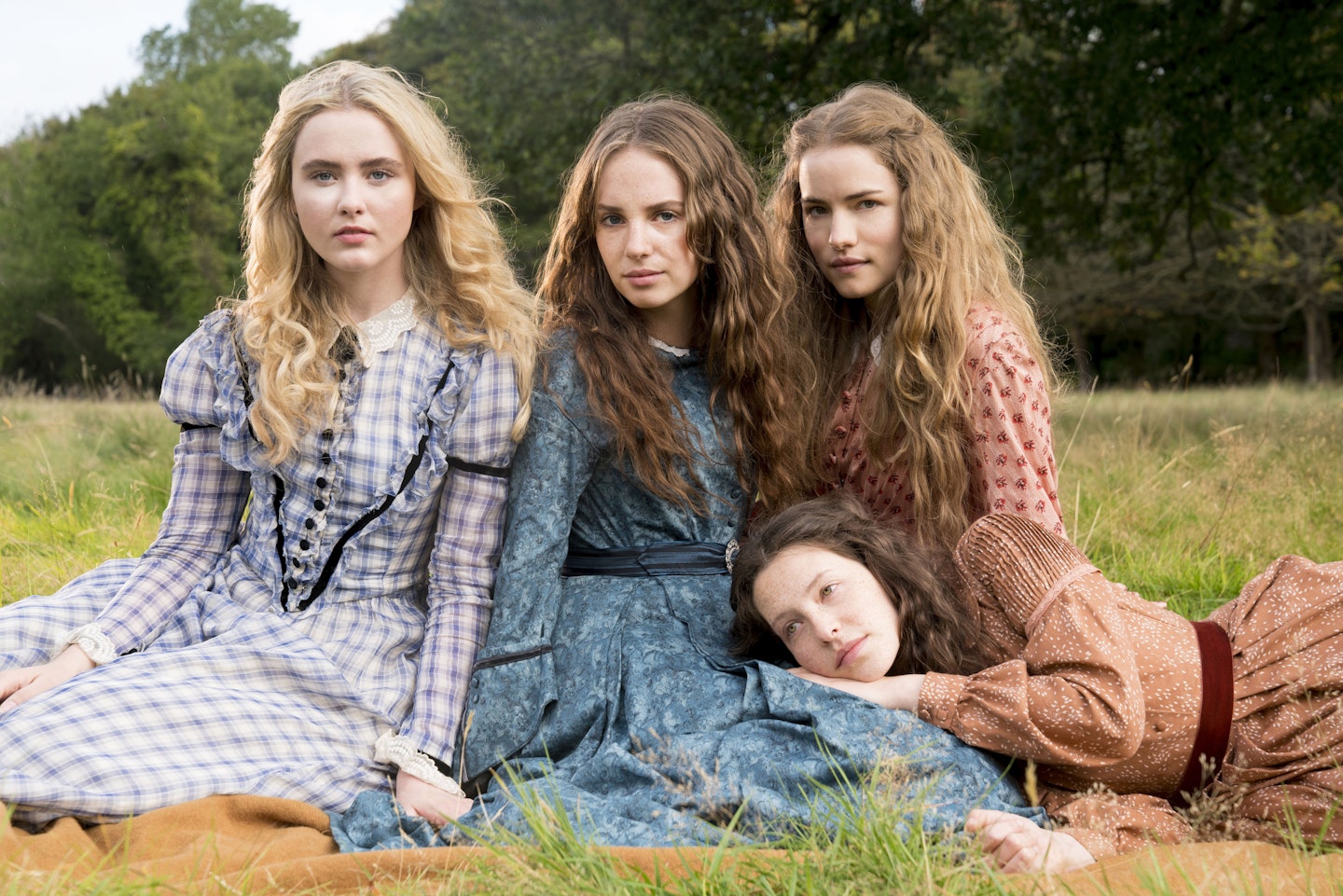 3 of 7
3 of 7Even fictional characters have a capsule wardrobe
The book is set during the American Civil War: while the girls are far from the front (where their father is away fighting the Confederates), the conflict has a subtle impact upon their wardrobes, with fabric for new clothes being scarce. According to Eimer, 'it was really important to try and get a sense of the clothes being made at home – it's a bit like the World War II idea of make do and mend. We made an awful lot of costumes but within each episode, the girls only have a few dresses each. We really repeat things over and over: put an apron on it, put different blouses with different skirts to make it as versatile as possible.'
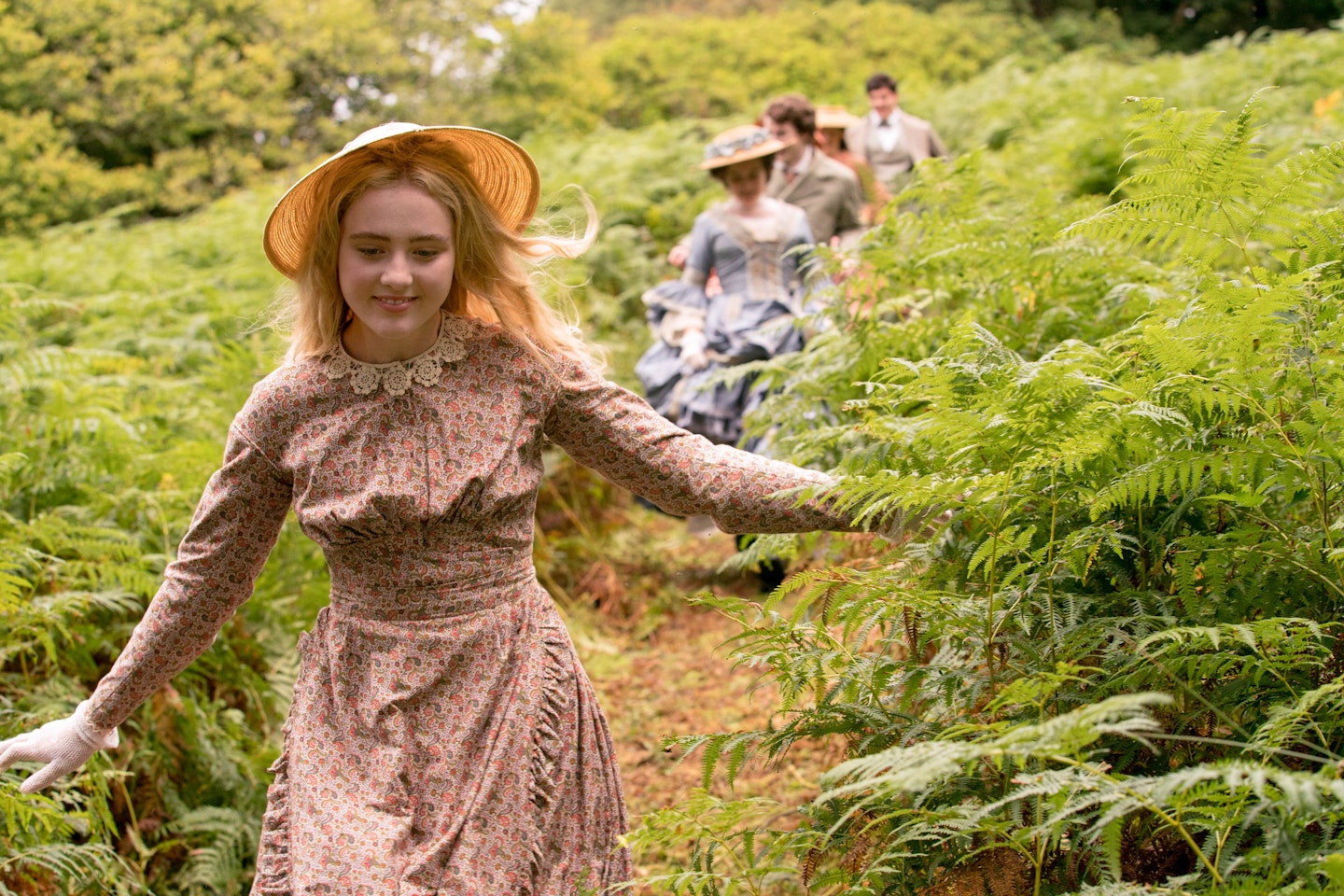 4 of 7
4 of 7Written accounts provided period details
'While it's much easier to find references for high fashion because society ladies were always having their portraits painted, right back to Tudor England, it's wrong to suppose that people didn't follow fashion in even the smallest of towns,' says Eimer. 'The newspaper would carry accounts of what was fashionable, even if they didn't have photographs and pictures. For my research, I used paintings from the period but I loved written accounts from the Civil War, with women talking about clothing and how they made things.'
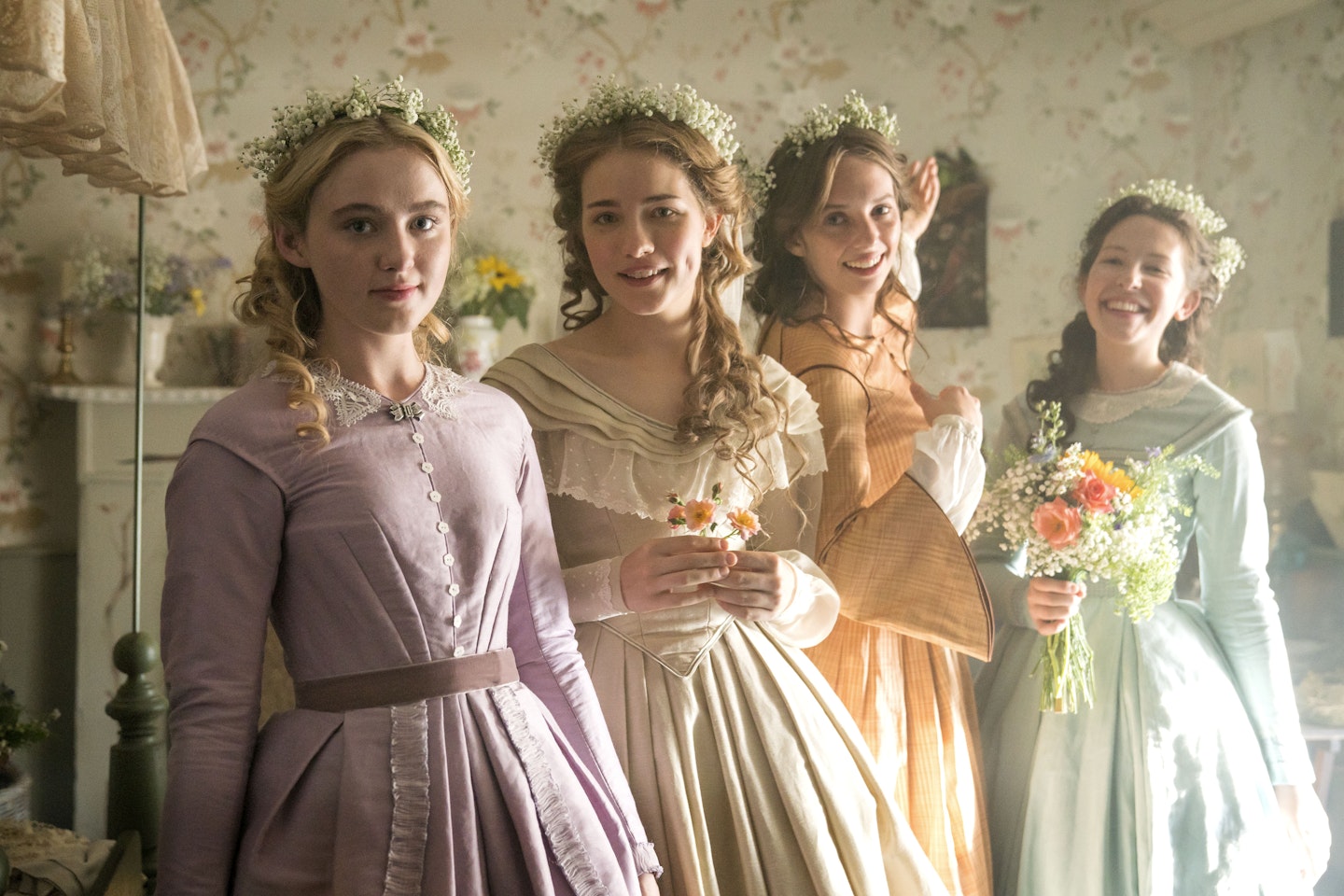 5 of 7
5 of 7It’s all about balancing accuracy with mood
For Eimer, the process of costuming a period adaptation isn't about upholding period accuracy above all other considerations. Rather, it's a case of 'trying to marry the story and the characters with what was real at the time; trying to make something look realistic but also giving it a specific style and quality. It was very much about atmosphere – the changing of the seasons, how they're developing mentally and physically, how that is reflected in the colours and the way the fabrics flow.'
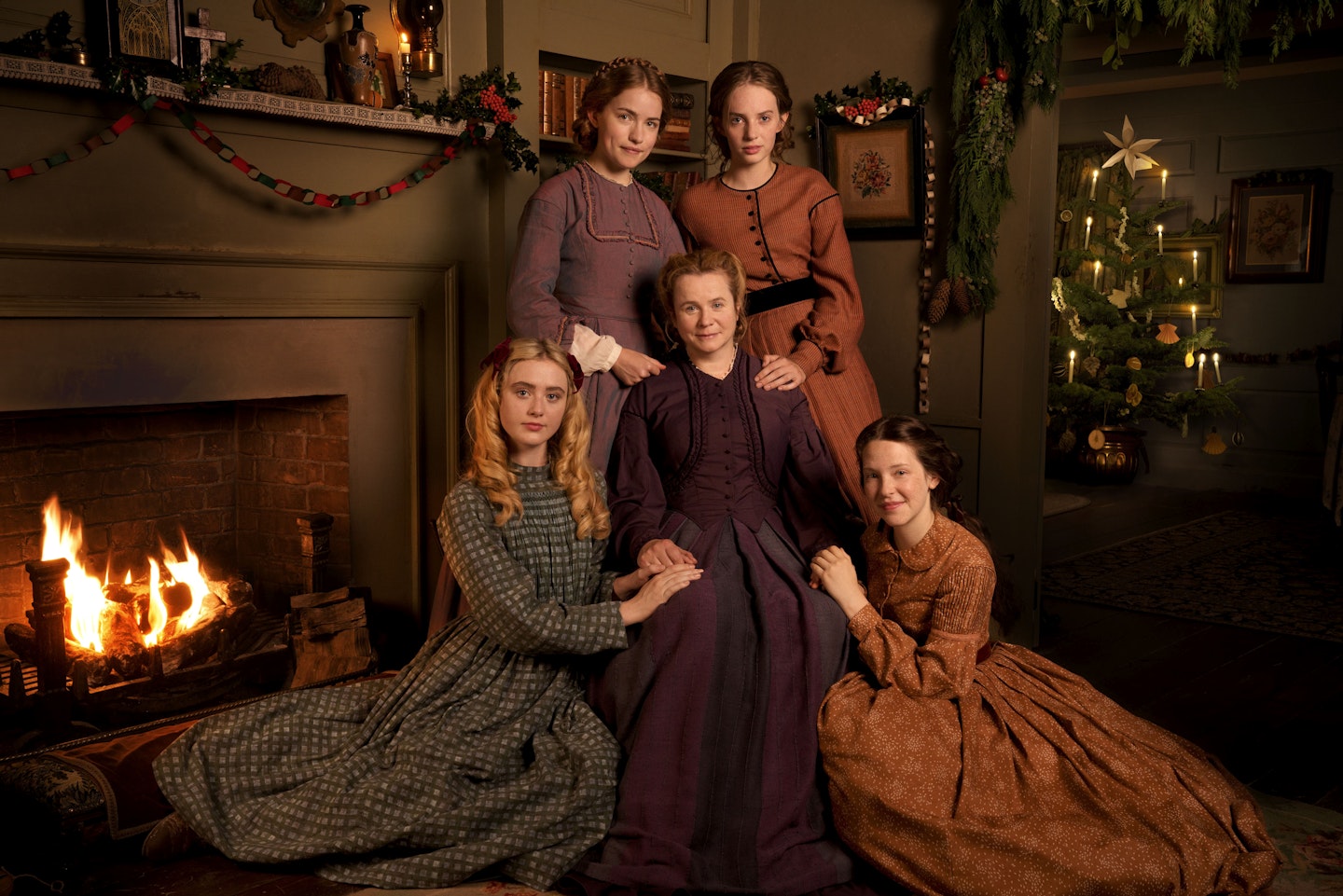 6 of 7
6 of 7Costume dramas aren’t always all about OTT excess
'Sometimes my favourite designs are the least ostentatious ones,' explains Eimer. 'For the big ball gowns, you just need to find a really fabulous piece of fabric and make sure that there's lots and lots and lots of it. I loved some of Beth's dresses because there was a simplicity to them that really embodied that character: a cotton dress with a little black check was one of the first costumes that she wears, and I used that as a marker for where I wanted to go with the designs.'
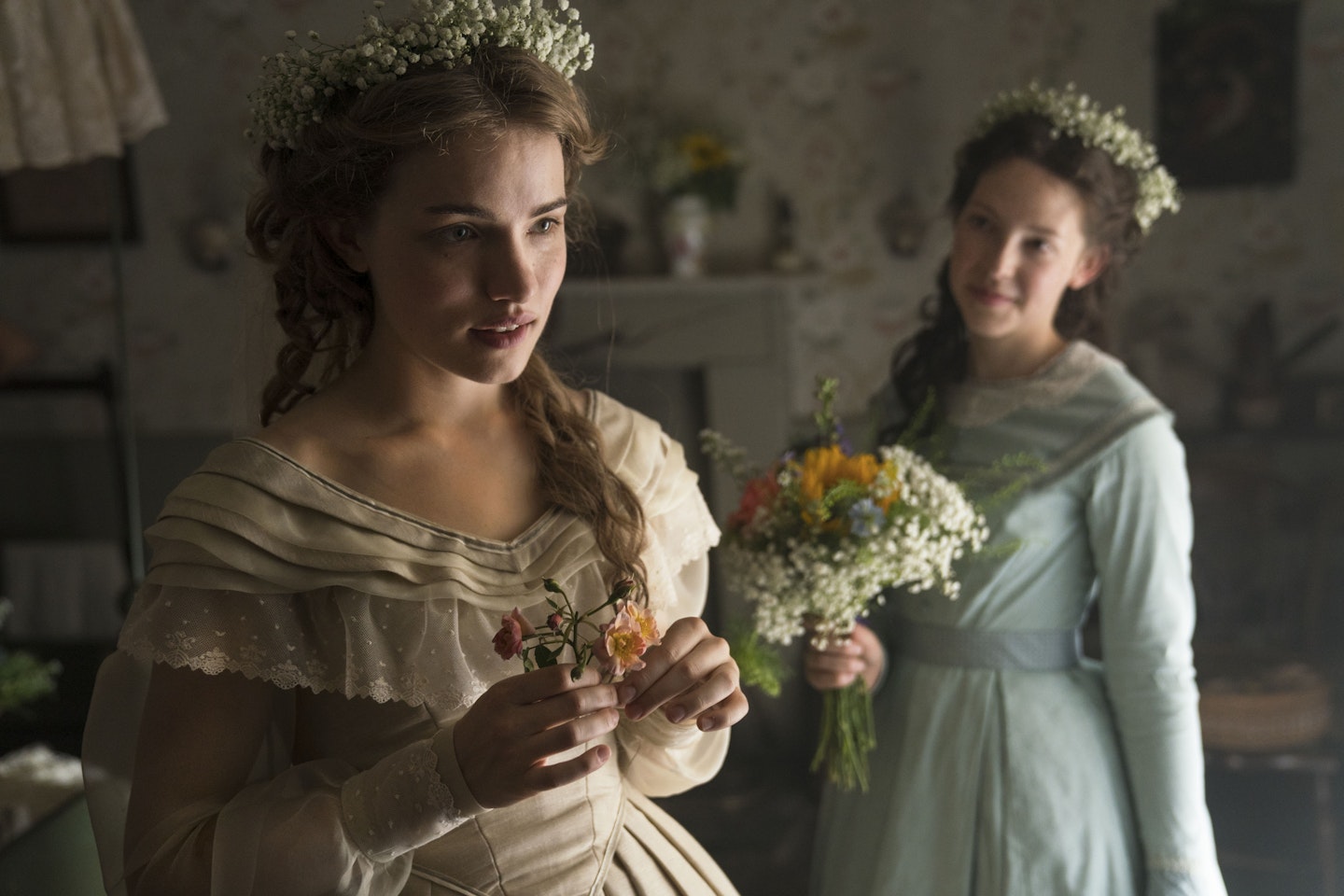 7 of 7
7 of 7Each sister has a signature style
Just as Jo's fuss-free dresses speak to her practical, tomboyish persona, the costumes in Little Women act as shorthand for each sister's character. 'Meg is quite feminine, but in a way that's slightly restrained, very proper,' Eimer reveals. 'She's always trying to be a good girl and follow the rule book. Aside from one Cinderella moment at her first ball (when we dressed her in a beautiful off-the-shoulder dress in a sea green jacquard) she's typically wearing long sleeves, covered up with round necklines. Then Beth is the quietest, with the simplest dresses, while Amy is the youngest but the most coquettish, the most fashion-conscious.'
